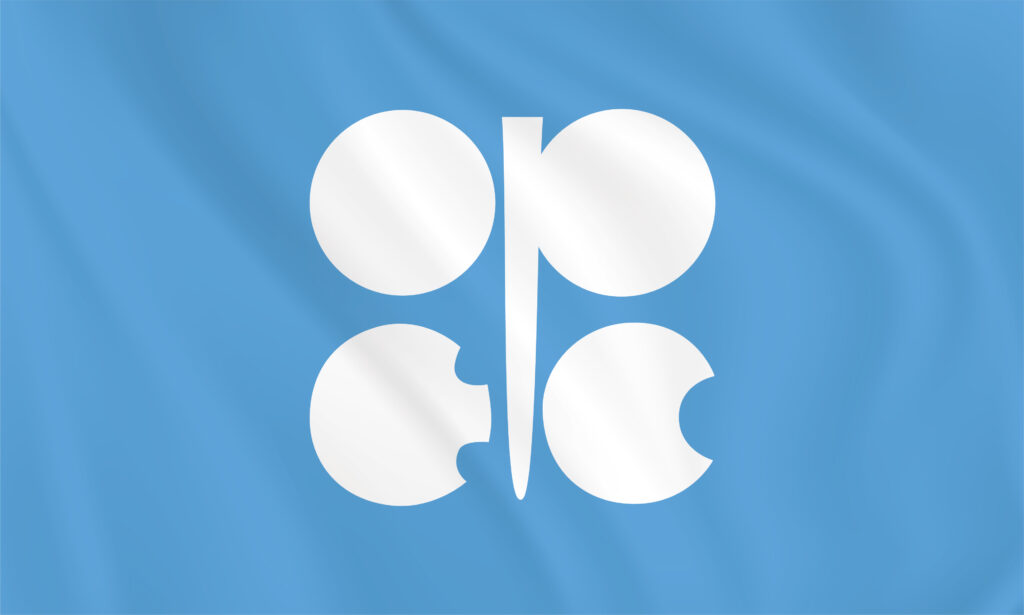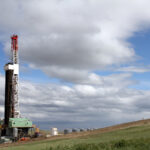(Oil Price)– The OPEC+ group continues to return modest volumes of supply to the market, cautious not to sink oil prices as demand weakens after the summer. The production hikes are estimated to be lower than the headline figures suggest—some producers lack the capacity to boost output further, while others are compensating for previous overproduction.
While the lower-than-planned production increases support oil prices, they also reduce the spare capacity of the OPEC+ producers. Not that many of them have any meaningful spare production capacity. Except for Saudi Arabia, the United Arab Emirates (UAE), and Iraq, the other members of the OPEC+ alliance are likely maxed out, leaving the market in a precarious position when the next supply shock occurs. This could emerge with another flare-up in the Middle East or more sanctions on Russia or Iran.
Supply Cushion Thinning
Over the past three years, the OPEC+ cuts, which at one point withheld supply equivalent to about 5% of global consumption, have supported oil prices. But the spare capacity that the cuts left have also eased fears of shortages during all the Israel-Iran flare-ups since 2023, for example.
However, as OPEC+ proceeds with reversing these cuts, now tapping its last layer of reductions of 1.65 million barrels per day (bpd), the spare capacity in those producers that do have it is shrinking. So is the ability of the market to absorb the next supply shock.
In today’s fragmented and volatile geopolitical situation, this shock could occur any day and expose the limitations of the OPEC+ alliance in managing a “stable” oil market, as it likes to say.
Insufficient spare capacity will not be able to offset a major shock to supply. Analysts have also warned that the market is overestimating the size of said spare capacity.







